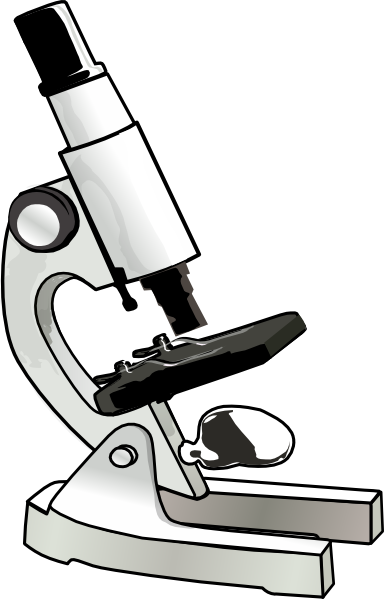Good morning everybody!!
Last week, we observed samples on the microscope.
Now, we are going to learn more about this fantastic machine that is in our laboratory: the microscope.
Using the following resources, you will learn more about it.
Let's start!
Remember that you can use the online dictionary (http://www.wordreference.com).
1. First of all, draw a microscope in our notebook and label it. Here you have a webpage to help you:
- Parts of a microscope: https://www.biologycorner.com/microquiz/index.html
- Function of each part of the microscope (this is only extra information for you to read: DO NOT COPY!!): http://www.tutorvista.com/biology/microscope-parts-and-functions
*Let's continue with some history
.
.
.
.
.
Go to http://www.cas.miamioh.edu/mbi-ws/microscopes/fathers.html.Copy the following sentences and complete with the correct name of each scientist:
- -List the 4 scientists responsible for the discovery or invention of the microscope:__________
- -Father that helped create the first compound microscope:____________
- -Son that was in charge of the production of the first compound microscope:__________
- -View cork under the microscope and coined (acuñar, ponerle nombre) the word cell in 1665:__________
- -Created the first simple microscope. First to describe bacteria & Protozoan’s:__________
*Let's learn how to use a microscope
.
.
.
.
.
Now, go to http://www.cas.miamioh.edu/mbi-ws/microscopes/Usage.html
Copy the following questions and answer them:
1.- When you carry a microscope you have one hand under the________________ and the other hand on the_________________.
2.- Which part of the microscope do you turn to raise the body tube?
3.- Which part of the microscope do you turn to place the low power objective in place?
4.- What is the name of the part of the microscope where you set the slide?
5.- What is the name of the part of the microscope that you use to hold the slide in place?
6.- When turning the revolving nosepiece to move the high power objective in place, why must you be very careful?
7.- Which part of the microscope do you turn to bring the object into focus?
8.- Which part of the microscope fine-tunes the image?


No hay comentarios:
Publicar un comentario